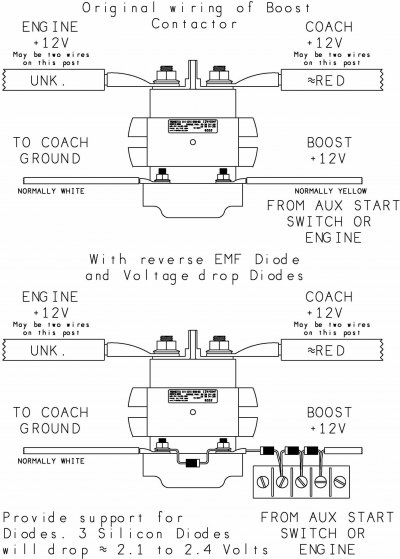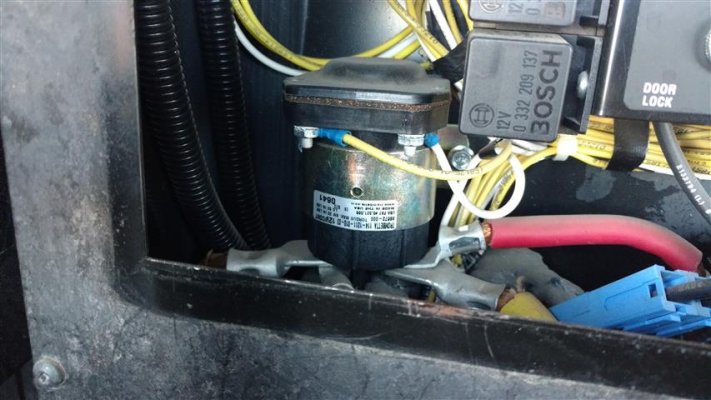taoshum
Well-known member
Is there an easy way to check and see if the engine alternator is charging the house batteries? I've thought of measuring the voltage across the house batteries after unplugging shore power and before starting the engine, then recheck after the engine is running... not sure this would work tho.
The reason I ask is that the house batteries alarmed after being underway for several hours with the inverter running the fridge. I've done this before with good results but these are new house batteries, 3 12Volt batteries instead of 4 6 volt batteries... less capacity but I thought it would be enough for us.
thanks for any insights.
The reason I ask is that the house batteries alarmed after being underway for several hours with the inverter running the fridge. I've done this before with good results but these are new house batteries, 3 12Volt batteries instead of 4 6 volt batteries... less capacity but I thought it would be enough for us.
thanks for any insights.


